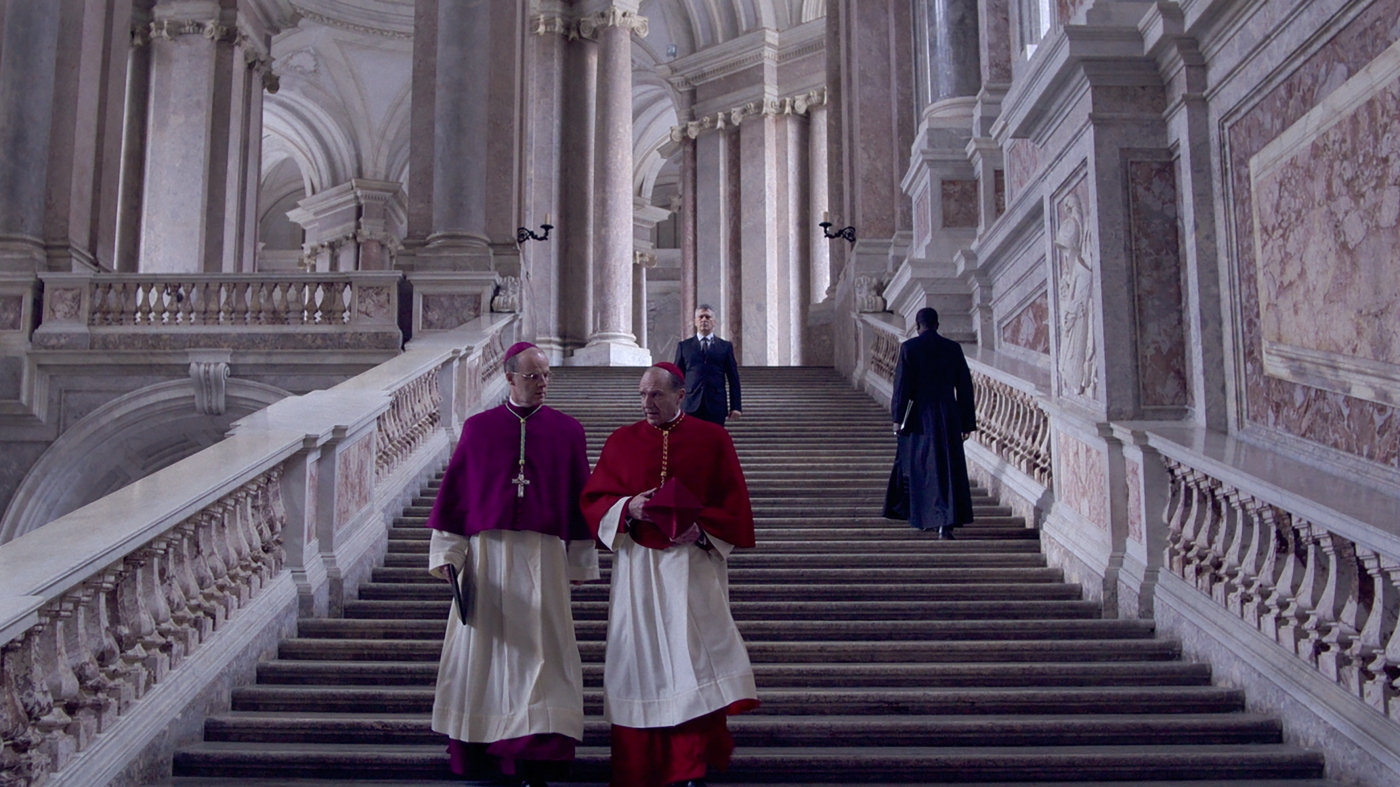In the film Conclave, we see the intense and secretive world of the Catholic Church as Cardinals gather to elect a new pope. This story is inspired by Robert Harris’s novel and brings to life the real process known as the conclave.
Rev. Thomas Reese, a scholar on the subject, praises the movie for its accuracy, especially in how it portrays the voting procedures. He says, “The urns used for the ballots are perfect replicas of the actual ones used in the church.”
However, he points out a major flaw: the character Cardinal Vincent Benitez, played by Carlos Diehz, is depicted as being able to participate in the conclave despite his secret appointment. In reality, a Cardinal named in pectore cannot vote unless their name is announced publicly beforehand, which didn’t happen in the film.
The conclave is not just about politics; it’s a deeply spiritual process. The Cardinals are isolated from the outside world to ensure a genuine choice is made, aiming for a two-thirds majority vote. This intense atmosphere is both fascinating and grueling, as shown in the film.
Sister Agnes, a character in the film, represents the often-overlooked women in the Church. Cinema studies expert Caetlin Benson-Allott notes how these female characters showcase the complexities women face within the Catholic hierarchy. “We see an opportunity for nuns to take a more active role, but it also reflects the darker history of women being exploited,” she explains.
The complexity of human emotions during such a pivotal moment in the Church—like ambition, fear, and the desire for change—comes through strongly. Sierra Susan Francois, an assistant leader in her congregation, connects with this aspect, saying it shows how all involved have hopes and worries that influence their decisions.
Reese further elaborates on the Church’s political nature, remarking, “The Church is a divine institution run by men, who are not always saints. Even with good intentions, disagreements are inevitable.”
The film also touches on broader issues like gender identity. Cardinal Benitez’s revelation of being intersex adds depth to the narrative about acceptance and progress within the Church.
In the end, while the conclave may appear to be a serene spiritual event, it is filled with machinations, emotions, and human frailties, all of which make it a compelling tale.
For more on the conclave process and its historical context, check out this resource from the Vatican: Papal Conclave.






















